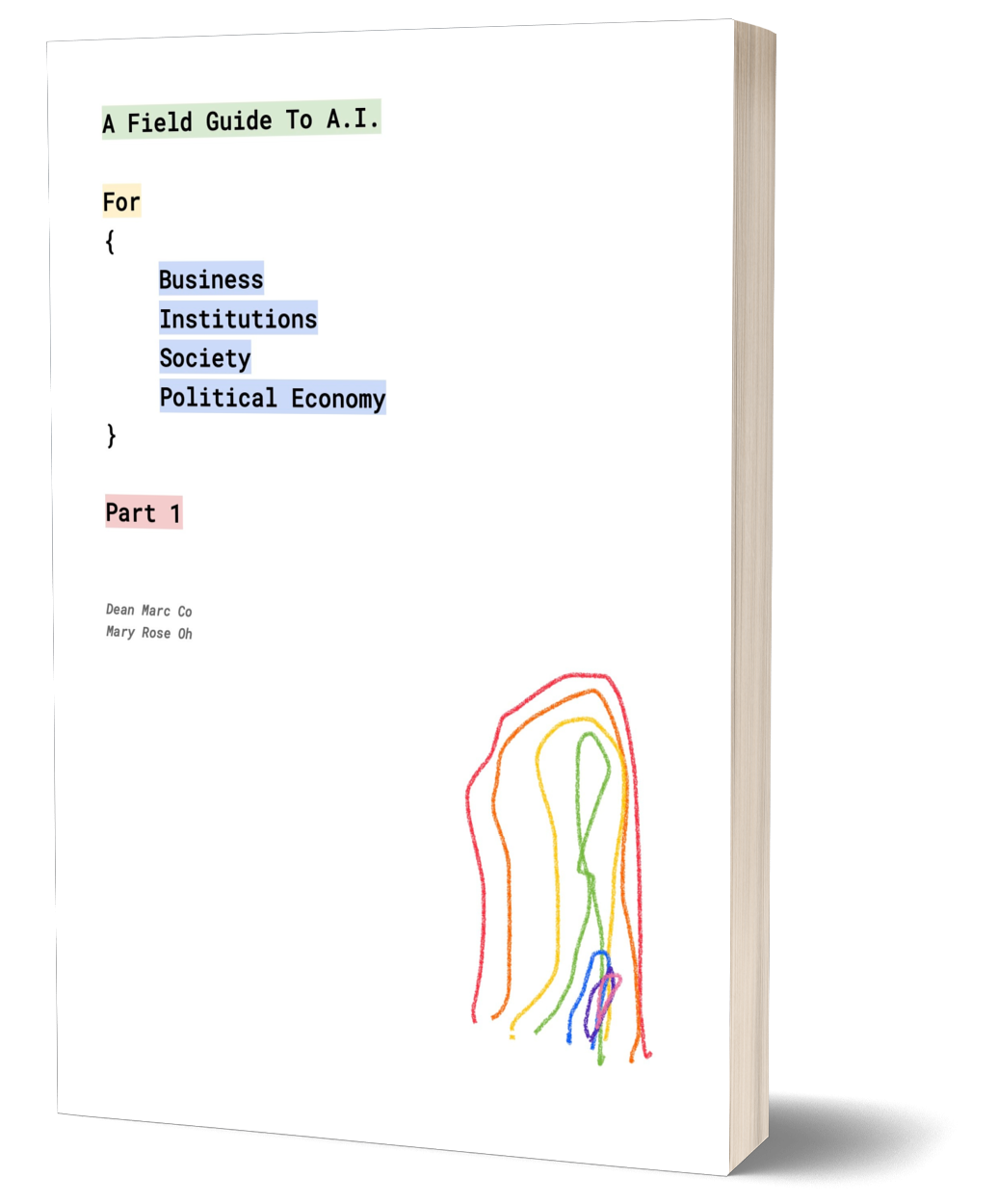The Golden State Warriors were the No. 1 defensive team in the league when Draymond Green was healthy this season. With Green missing two months with a back issue, the Boston Celtics took (and kept) that No. 1 spot. But Golden State was so good when Green was healthy (they allowed 1.9 fewer points per 100 possessions through his last pre-injury game on Jan. 5), they didn’t fall to No. 2 until the final week of his two-month absence.
Shortly after Green returned, Stephen Curry was lost to a foot injury. But the Warriors’ two stars, along with an improving Klay Thompson and the other three guys in their top six, have been available throughout the playoffs. And with that, they’re in the NBA Finals for the sixth time in eight years.
• Complete coverage: 2022 NBA Finals
From our partners:
Still, the Warriors’ defense hasn’t been able to reach the level it was at through early January. And Game 1 of the Finals on Thursday was the team’s third worst defensive performance of the season, with the Celtics scoring 120 points on just 93 possessions (129.0 per 100). The only two games where a team scored more efficiently against the Warriors were a March visit to Dallas (without Green) and Game 5 of the conference semifinals in Memphis, a 39-point defeat. Game 1 was the first time in 51 home games that the Warriors allowed at least 120 points per 100 possessions, and they had allowed more than 130 per 100 before the Celtics let the clock run out on their final possession of the night.
The Warriors were in the bottom five in opponent free throw rate in the regular season, but free throws weren’t really an issue on Thursday. The Celtics’ free throw rate (16 free throw attempts; 85 field goal attempts) was both their third-lowest of the playoffs and the third-lowest the Warriors have allowed in the playoffs.
The Celtics also got themselves some second chances, but their offensive success was mostly about their shooting from the field, including an incredible effective field goal percentage of 88.6% in the fourth quarter. Boston certainly exceeded their expected effective field goal percentage (based on the quality of the shots they took) by a healthy margin. But while they made some tough shots, there was a lot more than that going on as the Warriors allowed them to score more efficiently than the Brooklyn Nets did in any game in the first round.
Here are some numbers and film regarding the Celtics’ Game 1 offense:
1. Five out
After giving Curry too much space to shoot early on, Robert Williams III had a better second half defensively. He blocked a Curry step-back and then made a timely rotation to block the Warriors’ star at the rim.
Still, the Celtics were better with Williams off the floor, and that was mostly about their offense. They scored just 32 points on 34 possessions (0.94 per) with Williams and Al Horford on the floor together, but 48 on 34 (1.41 per) with Horford on the floor without Williams.
With Horford at the 5, the Celtics had five guys who can shoot and could make the Warriors’ bigs pay for protecting the paint.
Late in the second quarter, Green was zoning up in the paint as the Celtics ran a pin-down action on the left side of the floor. Green’s presence kept Marcus Smart from passing to Derrick White under the basket when Curry got turned around, and it also allowed Andrew Wiggins to top-lock Jayson Tatum with Horford setting another screen, knowing that if Tatum went back door, Green was there.
Given Horford has the ability to shoot himself, Tatum took the screener’s role, setting a pick on Green in the paint as Horford popped out to the wing. Wiggins was a half-second late in recognizing what was happening and Horford drained the second of his career-high six 3-pointers:

The Warriors’ small-ball look, with Green at the five, has been hugely successful for them over the years. But Golden State’s small-ball look still has at least one guy (Green) who doesn’t shoot well (or often) from the perimeter. The Warriors were a minus-13, (allowing 62 points on 43 possessions) in a little less than 22 minutes with Green at the 5 on Thursday, because the Celtics’ Horford-at-the-5 lineups were better.
2. The 3s were open
According to Second Spectrum tracking, 23 (56%) of the Celtics’ 41 3-point attempts were wide open*. That’s a higher rate than three of the Celtics’ four games against Brooklyn in the first round, and the Nets were not good at defending the 3-point line.
* In the regular season, 48% of 3s league-wide were wide-open, according to Second Spectrum. That was the Celtics’ rate in both the first round (overall) and the conference semifinals against the Milwaukee Bucks (who’ve allowed the most 3s in each of the last four seasons). Only 32% of Boston’s 3-point attempts were wide open in the conference finals.
Some of that is the Warriors allowing certain shooters (Horford and White accounted for 13 of those 23 wide-open attempts) to shoot. Even though White had already made a 3, Green didn’t close out with any urgency against him early in the second quarter:

Over the first three rounds, White was just 13-for-44 (30%) on wide-open 3s, so you can understand the Warriors’ willingness to let him shoot.
3. All eyes on Tatum
Tatum was just 3-for-17 (18%) in Game 1, his worst shooting performance in 69 career playoff games. And he definitely missed some good looks, going 0-for-3 on those wide-open 3s that the Warriors allowed. But the Warriors also showed him a crowd.
The Celtics tried to get Tatum matched up with Curry often. The guy Curry was guarding set seven ball-screens for Tatum, while Tatum set eight ball-screens for the guy Curry was guarding, according to Second Spectrum. But the Celtics scored only 10 points on those 15 chances.
When Tatum isolated or posted up against Curry, the Warriors were ready with help. Heck, even when Tatum was isolated against Green (arguably the best defensive player in the league), Curry was creeping off of Payton Pritchard in the strong-side corner to provide help:

And while Tatum did force some things, he generally made the right play, and the 13 assists on Thursday marked a career high (435 total games, including regular season and Play-In). He created 35 points from his assists, and also one of Horford’s wide-open 3s via a great across-the-body, cross-court kick-out and a swing pass from Smart:

The Celtics scored 108 points on 82 possessions (132 per 100) with Tatum on the floor, and (even if you discard that last possession of the game) just 12 points on 13 possessions with him off the floor.
4. Mistakes
The Warriors also had some breakdowns. Right after Otto Porter Jr. put them up 14 with a 3 late in the third quarter, Horford was wide open in the corner, with Green hanging in the paint:

While White hasn’t shot well in these playoffs, Horford has. Over the first three rounds, he was 28-for-60 (47%) on wide-open 3s. Now, he’s 33-for-66.
5. Hammer!
According to Synergy tracking, the Celtics have been the most efficient team, scoring 1.03 points per possession, out of timeouts. And another one of their seven corner 3s came on their first possession of the second quarter via a “Hammer” play, with Daniel Theis setting a weak-side back-screen for Pritchard, Grant Williams delivering the cross-court pass, and Green (hanging in the paint again) reacting just a half-second too slow:

Gibson Piper has a good breakdown of that Hammer play (and others) here.
The league has averaged about 3.3 corner 3s (per team) per game this season. The Warriors have allowed 23 in their last three games.
Overall, the Warriors have allowed 123.8 points per 100 possessions over those three games, the most they’ve allowed in any three-game stretch with Green in the lineup this season. They can certainly believe that the Celtics won’t shoot better than 50% from beyond the arc again, but they should also believe that they need to be better defensively in Game 2 on Sunday (8 ET, ABC).
* * *
John Schuhmann is a senior stats analyst for NBA.com. You can e-mail him here, find his archive here and follow him on Twitter.
The views on this page do not necessarily reflect the views of the NBA, its clubs or Turner Broadcasting.
For enquiries, product placements, sponsorships, and collaborations, connect with us at [email protected]. We'd love to hear from you!
Our humans need coffee too! Your support is highly appreciated, thank you!

